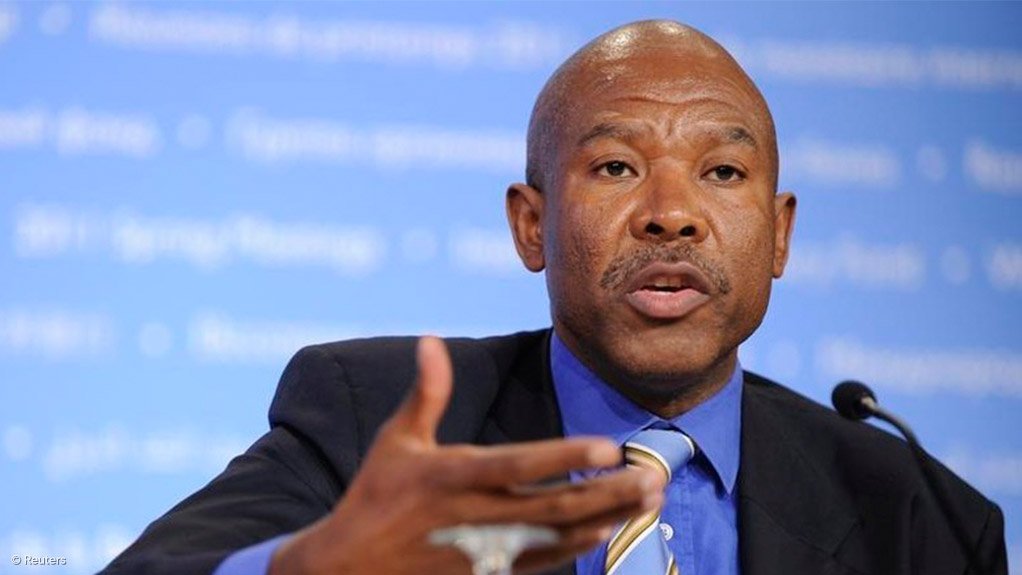Reserve Bank Governor Lesetja Kganyago says the inflation outlook for South Africa faces sizeable risks, especially from currency depreciation and wage and price determination processes.
Global and domestic factors were feeding into an extremely tight situation.
“With weak commodity prices and US monetary policy normalisation coming closer, we cannot be complacent about the exchange rate and its potential inflation consequences,” he told the delegates attending the Bureau for Economic Research conference in Stellenbosch.
The rand has lost nearly 18% against the dollar this year.
With inflation hovering around the top of the 3% to 6% target range, the risk of positive inflation shocks feeding into price setting remains high, Kganyago said, adding that the South African Reserve Bank (SARB) had little room to move.
“If wage and price setting in the economy were more attuned to weak demand and the usefulness of lower inflation, we would have more policy space. But we do not have that space.”
He said the SARB now had to contend with significant risks of a sustained breach of the inflation target range. There was an expectation for inflation of 7% over a five-year period, but he said this would pose credibility problems for the inflation framework.
To try to counter this and keep inflation at 6%, the SARB began a tightening cycle from January last year.
“By anchoring expectations within a credible inflation-targeting regime, we prevent inflation creeping higher. A higher inflation rate would hurt people who lack the power and privilege to protect the real purchasing power of their wages and savings.”
The South African economy shrunk by 1.3% in the second quarter of this year.
Kganyago said the domestic economy was on an “unsustainable trajectory” owing to rising global food and oil prices, added to domestic inflation.
South Africa’s growth rate, which has been declining persistently since the post-crisis rebound of 2011, has slumped to 1.5% – the lowest level since 2009.
The Governor said monetary policy in South Africa could expect to contend with high inflation over the next few years and would be at around 6% over the longer term. But, unlike the major global economies, which were battling to lift growth and generate inflation, he said South Africa’s problems were unlikely to require major revision.
“In keeping with the flexible inflation-targeting framework, monetary policy will be set to keep inflation within the target range over the medium term.”
Kganyago pointed to the impact of China’s economic slowdown on developing countries like South Africa. “Of course, we have known for some time that China had to slow from double-digit growth rates. We have also known that it was unlikely to need continually expanding quantities of commodities, particularly industrial commodities such as coal, iron and copper. Commodity prices have tumbled as a result – the Bloomberg commodity index fell to levels last seen during the Great Recession in 2008.”
He added that uncertainty in China, together with falling commodity prices, had fuelled speculation about a possible third chapter to the world economic crisis, with emerging markets taking their turn after the US and the UK, in 2009, and the euro area, in 2011.
EMAIL THIS ARTICLE SAVE THIS ARTICLE
To subscribe email subscriptions@creamermedia.co.za or click here
To advertise email advertising@creamermedia.co.za or click here











